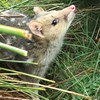Reasons to be cheerful - Conservation success stories from Booderee National Park
Wednesday, 05 June 2019The Threatened Species Recovery Hub is celebrating great conservation outcomes from projects taking place in Booderee National Park for two Endangered species: the eastern bristlebird and the southern brown bandicoot (eastern subspecies). The Australian National University’s David Lindenmayer and Chris MacGregor give us the scoop on the bristlebird and Natasha Robinson shares the good news about the southern brown bandicoot.
Locating the eastern bristlebird
The eastern bristlebird has been lost from the vast majority of its former habitat along coastal eastern Australia, but is persisting in Booderee National Park. Surveys for all bird species at more than 130 long-term sites throughout Booderee have found that while the eastern bristlebird is largely absent from wet forests and rainforests, it is widely distributed in many other vegetation types found there. These include heathland, shrubland, sedgeland and woodland, especially where the ground cover and shrub layer are well-developed. 
Eastern Bristlebird. Image: David Cook FLICKR CC BY-NC 2.0
Good news for the bristlebird
Our monitoring is showing that not only are populations of the eastern bristlebird widespread throughout Booderee National Park but they appear to be slowly increasing. Further analysis of our data over the coming year will quantify changes in the number of sites the bird is occupying and the number of individuals at each site. The most likely reason for this positive outcome is outstanding attention to intensive fox control by park managers. The eastern bristlebird is a poor flyer and spends almost all of its time on the ground, where it can be vulnerable to predation, especially by foxes and feral cats. Feral predator control is therefore key to its effective conservation.
Our long-term surveys have spanned several major fires, and shown that the species has survived in burned areas, especially where there are unburned refuges. Indeed, the presence of these refuges is one of the factors promoting the speed of recovery of the eastern bristlebird in regenerating vegetation following fire. Fox control after fires is particularly critical, as burning can remove vegetation cover, facilitating hunting. The presence of refuges from fire coupled with effective fox baiting are thought to be critical factors supporting the persistence of the bird in Booderee.
The eastern bristlebird also responds positively to control of highly invasive plant species such as bitou bush. Experimental studies have shown the removal of this noxious weed and revegetation with native vegetation cover has had positive effects on the bird’s occurrence. This also highlights how weed control can be as positive for birds as it is for plant communities.
What’s next?
The persistence of healthy populations of the eastern bristlebird at Booderee National Park is good news for the species now, and critical for its future. Booderee populations have become a source of animals translocated to Beecroft Weapons Range on the other side of Jervis Bay, where the eastern bristlebird is now well-established at almost all of the long-term sites we have located there.The potential for birds to contribute to the captive breeding program for Queensland eastern bristlebirds is also being explored. 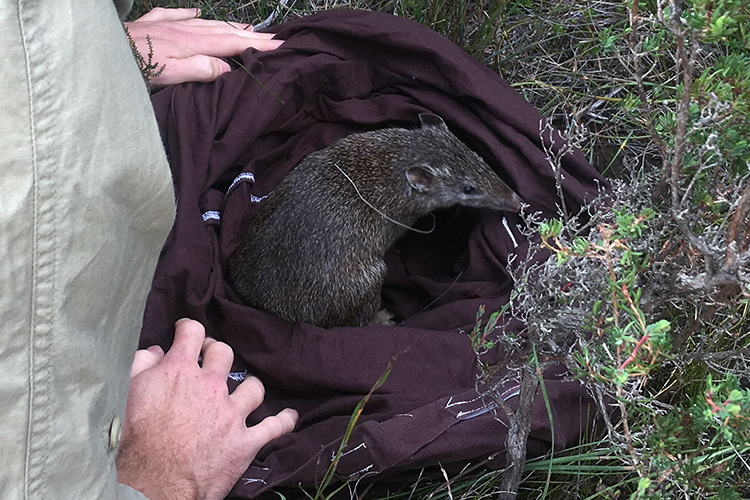
Releasing a southern brown bandicoot at Booderee National Park. Image: Natasha Robinson
Return of a marsupial
We have also recently collaborated with Booderee National Park on the reintroduction of 27 southern brown bandicoots (eastern subspecies) that were sourced from the nearest wild population, located in state forests near Eden, New South Wales.
We transported them to Booderee by car, releasing them the same day they were trapped. The releases started in 2016, with 11 animals (5 male, 6 female), then continued in 2017 with 12 individuals (8 male, 4 female) and the final release in 2018 of 5 more (4 male, 1 female).
Southern brown bandicoots are a nationally threatened marsupial. Once very common across their historical range, the coastal fringe from northern New South Wales to Victoria and South Australia, they have since declined to small, isolated populations and were last recorded in the Jervis Bay region in 1919.
The bandicoot has suffered a combination of threats, including predation by feral cats and foxes, habitat loss and fragmentation, and altered fire regimes. 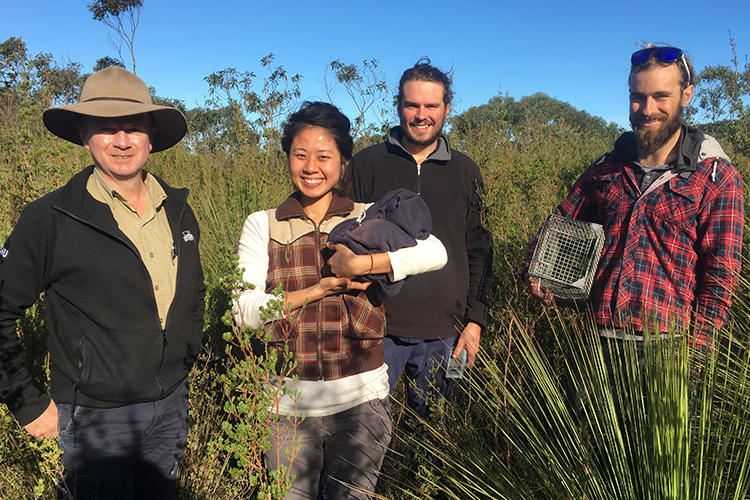
Chris MacGregor (left) with volunteers catching and releasing southern brown bandicoots. Image: Natasha Robinson
Good news for the bandicoot
Over the past three years, we have used radio tracking, trapping and genetic analysis to monitor the survival, movements, habitat preferences, breeding and genetic diversity of the reintroduced population. Many volunteers have assisted with this monitoring. Our tracking data has revealed that the bandicoots have a preference for habitats like heath and woodland over forest, and that males and females have a similar home range.
The reintroduced bandicoots have successfully bred, with evidence of pouch young in the first year. The first adult bandicoot born at Booderee was caught the following year (2017). The bandicoots had a minor setback soon after, with a September 2017 wildfire in the location of the population. However, we trapped just after that and found several individuals, including some with pouch young, persisting in small unburnt refuges within the burnt landscape.
In addition, we found that the bandicoots continued to use the burnt landscape, adapting the location and structure of their nest sites to within dense regenerating vegetation.
We are also studying the genetic diversity of the reintroduced population, to avoid inbreeding and genetic drift. The diversity of the founder population is high, and comparable to other populations across the subspecies’ range.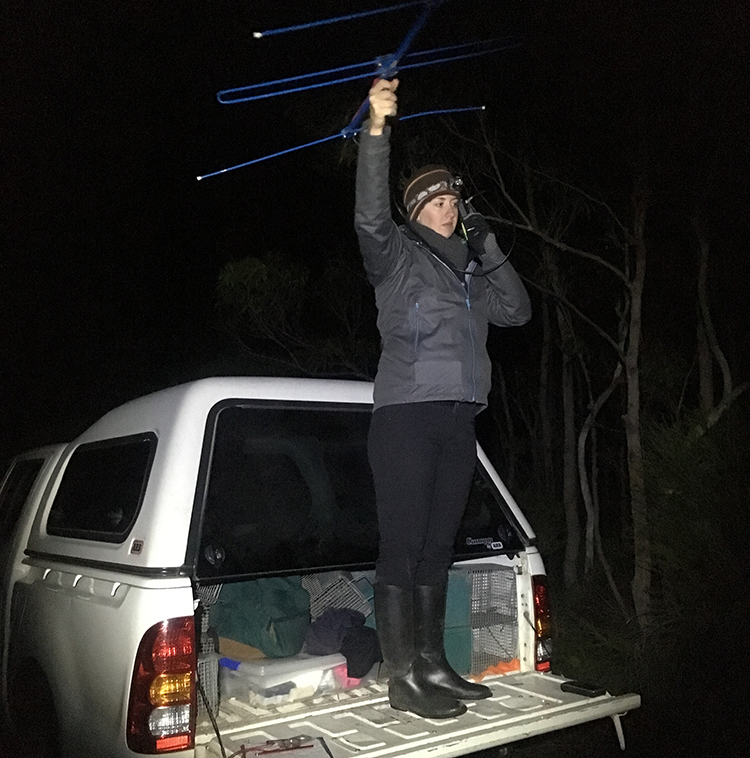
Volunteer Hannah Kapelj, radio tracking bandicoots. Image: Natasha Robinson
What’s next?
The genetic study will help managers to make informed decisions to maximise the long-term persistence and genetic diversity of the reintroduced southern brown bandicoot population at Booderee. This reintroduction is considered a success based on short-term criteria, such as stable population and breeding, and ongoing monitoring will evaluate longer-term criteria, such as population growth and persistence.
These Threatened Species Recovery Hub projects are collaborations between Parks Australia, Booderee National Park, the Australian National University, Taronga Conservation Society Australia and Wreck Bay Aboriginal Community Council. The NSW Forestry Commission provided the bandicoots for reintroduction.
For further information
David Lindenmayer - david.lindenmayer@anu.edu.au
Natasha Robinson - natasha.robinson@anu.edu.au
Top image: Clare Crane from the Australian National University radio tracking southern brown bandicoots at Booderee National Park. Image: Natasha Robinson
-
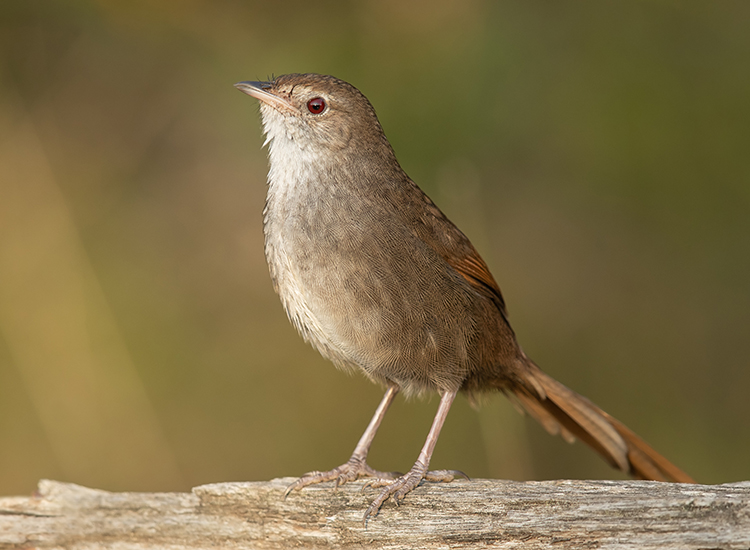
Long-term monitoring at Booderee National Park Reveals valuable insights for park management
Tuesday, 01 September 2020 -
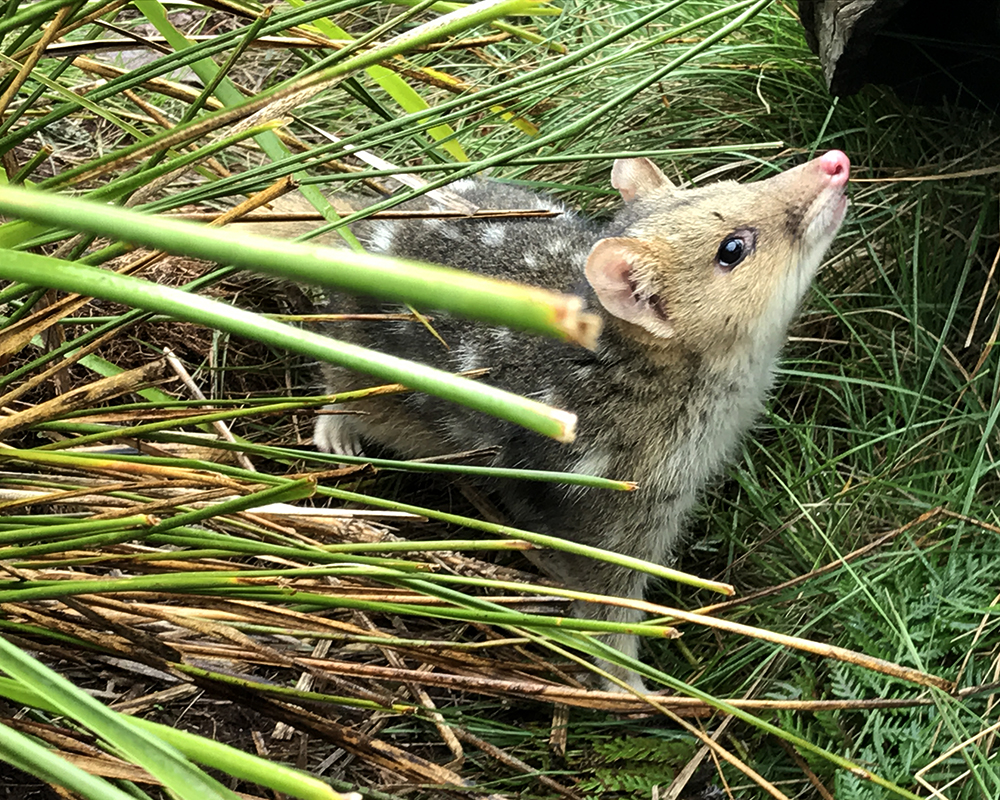
Threatened species returning to Booderee National Park
Monday, 04 September 2017 -
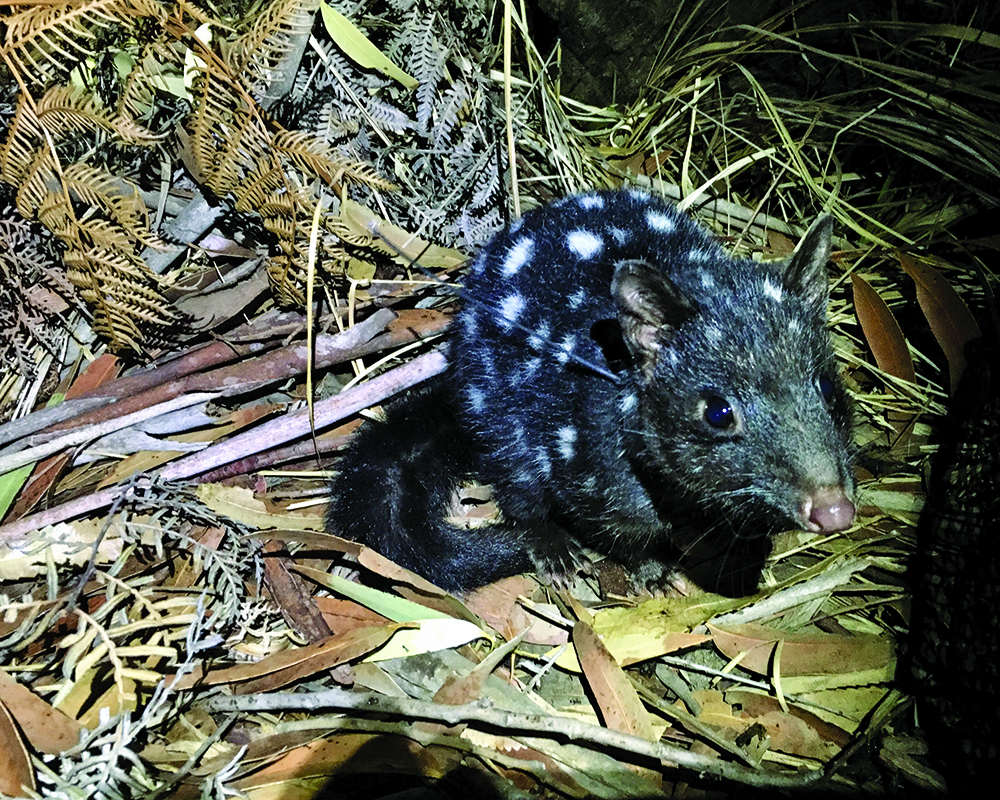
Bundles of quoll joy in Booderee
Monday, 24 September 2018 -
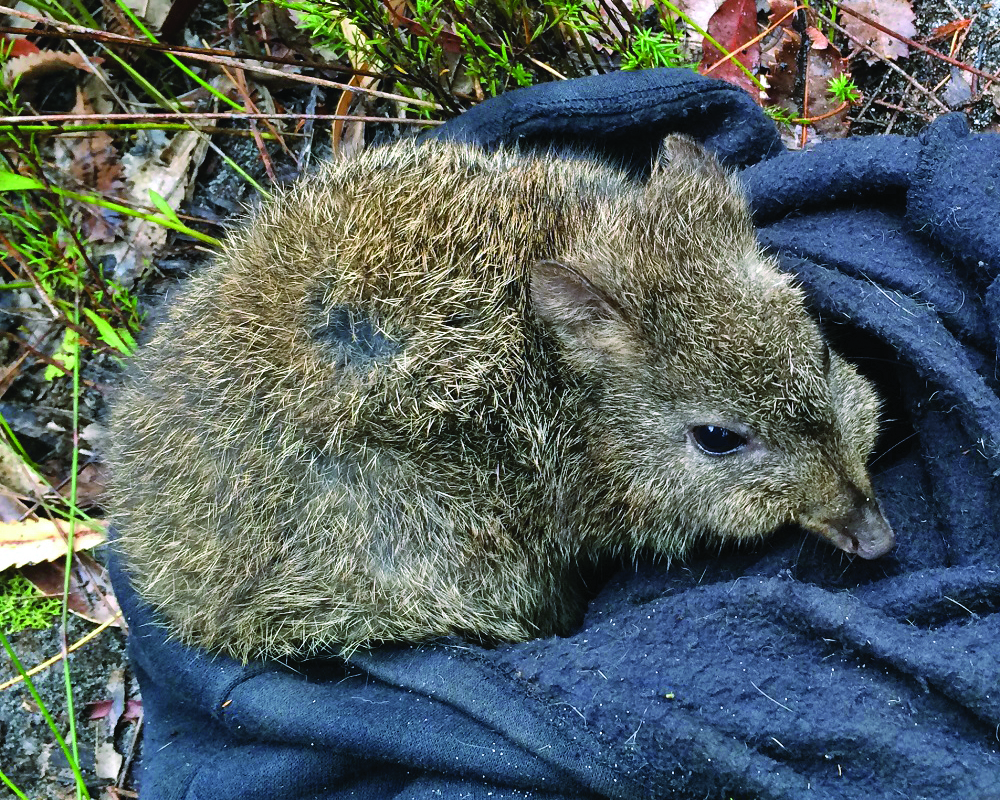
The missing mammals of Booderee
Monday, 24 September 2018
